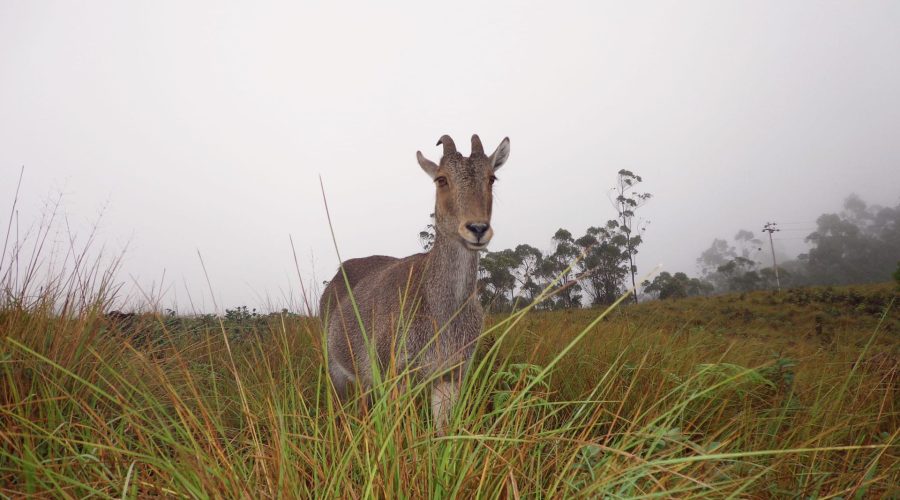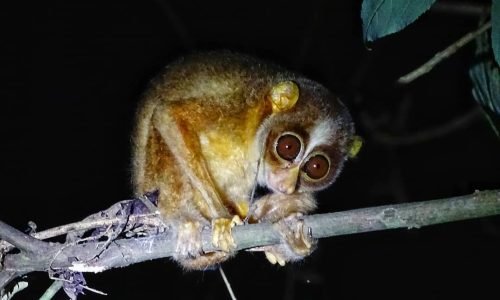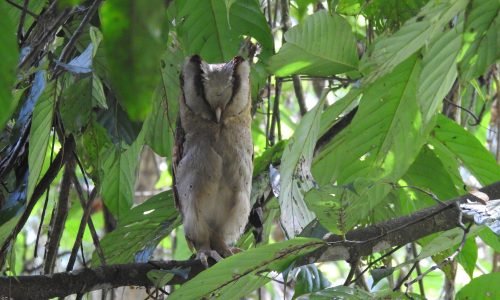This South India wildlife tour takes you on an immersive journey through some of the region’s most renowned wildlife reserves and scenic landscapes. Beginning in Bangalore, you will travel to the Kabini Forest Reserve within Nagarahole National Park, a prime location for observing wildlife that includes Asiatic Elephants, Indian Gaur, and the elusive Black Panther. The tour continues through the Mudumalai Tiger Reserve, the highland hill station of Valparai in the Anamalai Hills, the scenic and biodiverse town of Munnar, and finally concludes in Thattekkad, the bird-rich Salim Ali Bird Sanctuary.
Throughout the journey, you will embark on thrilling wildlife safaris in Kabini and Mudumalai, encountering a diverse array of animals in their natural habitats. Beyond jeep safaris, this tour stands out for its focus on exploration on foot, particularly in Valparai, Munnar, and Thattekkad. You’ll walk through varied forest types and ecotones, which provide a wealth of opportunities to see and photograph the region’s endemic species. Some of the most sought-after wildlife in this region includes the elusive Lion-tailed Macaque, the agile Nilgiri Tahr, the remarkable Grizzled Giant Squirrel, and the rare Nilgiri Marten, all of which make the Western Ghats a biodiversity hotspot. For bird enthusiasts, the area is a paradise, offering sightings of spectacular species such as the Nilgiri Flycatcher, White-bellied Sholakili, Sri Lanka Frogmouth, Flame-throated Bulbul, Malabar Parakeet, Crimson-backed Sunbird, and the stunning Malabar Trogon.
Visiting South India’s wildlife reserves offers the chance to witness and photograph some of the rarest and most endangered species on the planet, many of which are found nowhere else in the world. The tour brings you into the heart of the Western Ghats, a UNESCO World Heritage Site, known for its exceptional biodiversity and critical role in conservation. Whether you’re a nature lover, photographer, or wildlife enthusiast, this tour provides unparalleled access to South India’s natural wonders.



